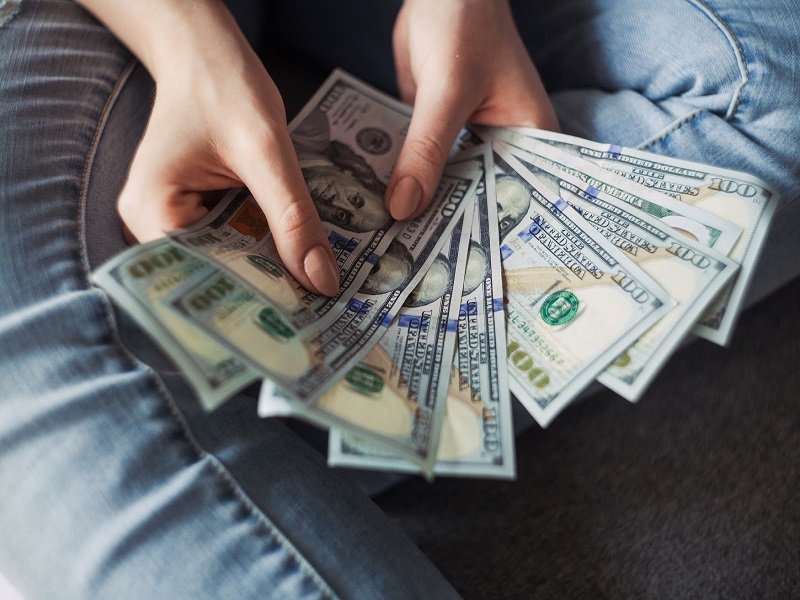Solar Light Economics: Making Money from the SunPosted by Stephen Shickadance in Solar Lighting Economics.
By far, one of the most significant reasons for purchasing solar lighting is due to the economic benefits of solar power. We’re sure a lot of people want to know how much money solar panels save. There are numerous monetary reasons to install a full lighting system that uses solar power, so let’s take a look at each of them with the most lucrative first. Total Savings from Solar PowerSolar-Powered Lighting Doesn’t Require TrenchingSince solar lighting uses photovoltaic technology to produce electricity, it doesn’t need a trench to connect to the main power grid underground. This tends to be the biggest pain point for businesses and corporations since trenching can oftentimes cost just as much or more than just the lights themselves. Numerous solar projects have saved customers several thousands of dollars on the first day of use. On average, solar will save about 20% of the original cost of a traditional grid-tie lighting system. Read up on more benefits of solar lighting. Save Money with Zero Energy BillsSolar lighting uses the power of photovoltaics to produce electricity. This means that for the entire life of each solar lighting system, you won’t receive a monthly bill to pay. Each light in a grid-tie configuration draws energy from the energy supply underground, and so the more lights you have in a system, the higher the bill will be. That isn’t a problem for solar lighting systems. Total Cost of Ownership: Solar Wins AgainThe bottom line, a solar lighting system will save money over traditional lighting any day. The first “expected” fees for a solar light arise 5 years into the lifespan when the batteries have drained too much to keep a sustainable charge level. That’s 5 years of no energy bills or costly wiring to get lights installed. Yes, you’ll pay more up front for the technology of a solar light, but the total cost of ownership for a solar lighting system is well worth the investment. Based on a comprehensive cost analysis of solar lighting system in comparison to its grid-tie counterparts, solar saves $1500-1800/ system over the time of ownership. Solar Earns You MoneyHere are a few quick reasons why a solar lighting system earns you money along with saving it. Solar Investment Tax CreditThe solar investment tax credit (ITC) is a diminishing tax return on a solar-powered project. This credit was enacted in 2006 and returned 30 percent of a solar project’s total price back via taxes. By 2022, the ITC will reduce to 10% for commercial solar projects. The ITC handles residential solar projects differently--the total return for residential solar will diminish to zero in 2022. Because of the ITC, the solar power industry has grown over 10,000 percent resulting in a 2.5% representation of energy production in the US. Despite the small overall percentage of solar power to primary methods of production, the ITC has created thousands of jobs in the solar industry and has been a fantastic reason for businesses to switch to solar energy. State IncentivesThere are a lot more than just federal incentives to make money back through your solar installation. Every state has plenty of incentives to discover, and most of them are listed through the Database of State Incentives for Renewables & Efficiency (DSIRE) website. Be sure to investigate what financial benefits are available to you immediately after your solar project is installed. Free money is always a great thing. Solar Lighting Longevity: A Long, Long TimeThe best manufacturers for solar lighting will ensure that each component in a system will last at least the recommended time (and in some cases, beyond that). There are plenty of components with poor-quality builds, however, that you should watch for. PolesSolar light poles are by far the most long-lasting components rated at 50 years (with proper steel and galvanizing methods). However, some poles go through manufacturing processes that try to cut corners--be sure to examine weld spots on poles to see if the weld is quality. Bad welding jobs are easy to spot and will certainly shorten the lifespan of the pole. A bad pole suggests that all your components can suffer substantial, irreparable damage. PanelsSolar panels are the next long-lasting component. Even with harsh weather conditions, temperature fluctuations, and exposure to degrading elements, panels can last up to 25 years with light maintenance. Most manufacturers will quote an 80% performance of their nominal capacity--that’s, of course, if you purchase quality panels. Low-quality panels degrade over time for different reasons.If you don’t have quality panels, you’ll lose significant ROI on your solar lighting system. LEDsLEDs are rated to last beyond 50,000 hours--or 11 years if you consider use for 12 hours a day (and they’re rarely used for that long). LEDs have such fantastic longevity because there aren’t any working parts—incandescent bulbs use filaments that burn out quicker than LEDs, but the semiconductor for LEDs emits light instead of using metal to do so. BatteriesLead-acid batteries (with a properly-sized system) will start to degrade after 5 to 7 years of use until they’ll need to be replaced with fresh batteries. They’re incredibly cost-effective because the technology behind them is an old, well-researched technology that still holds up today. The Conclusion of Solar Power EconomicsThe technology behind solar power has decreased in price by 99.9% over the past 50 years, so the return on investment has only grown. Over time, we’ll see components drop to even lower prices as solar panel light technology (and the components that power the lights) improves, making the economics of solar lighting worth every penny.
Solar Lighting Economics
|
ArchivesNo Archives Categories
Want More Info? |
LATEST NEWS & ARTICLES
